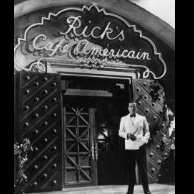-
Posts
1,528 -
Joined
-
Last visited
Peter Roberts's Achievements

Very Obsessed Member (5/9)
1.3k

1.3k

Peter Roberts replied to komoras's topic in The Rumourmonger

Peter Roberts replied to Olmec Head's topic in Aircraft Interwar

Peter Roberts replied to komoras's topic in The Rumourmonger

Peter Roberts replied to Peter Browne's topic in Aircraft WWII

Peter Roberts replied to Peter Roberts's topic in Aircraft WWII

Peter Roberts replied to Troy Smith's topic in Aircraft WWII

Peter Roberts replied to Troy Smith's topic in Aircraft WWII

Peter Roberts replied to Peter Roberts's topic in Aircraft WWII

Peter Roberts replied to Peter Roberts's topic in Aircraft WWII

Tagged with: